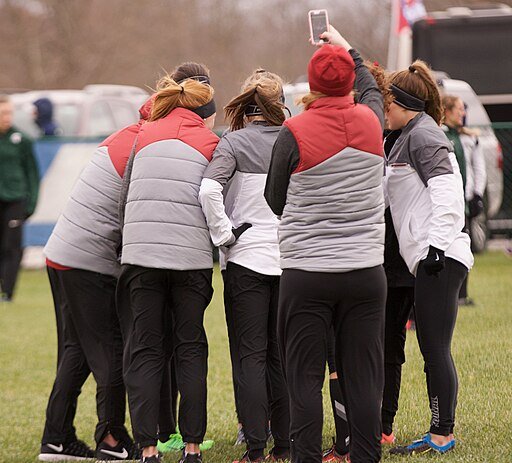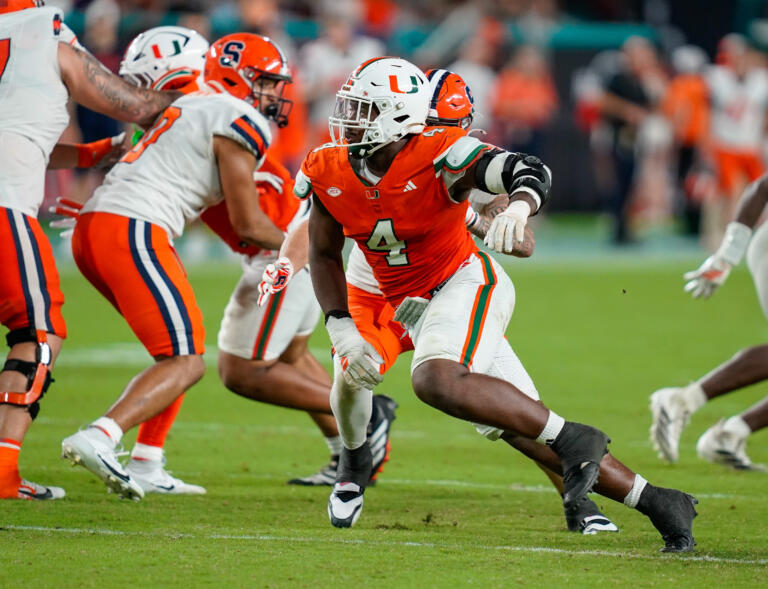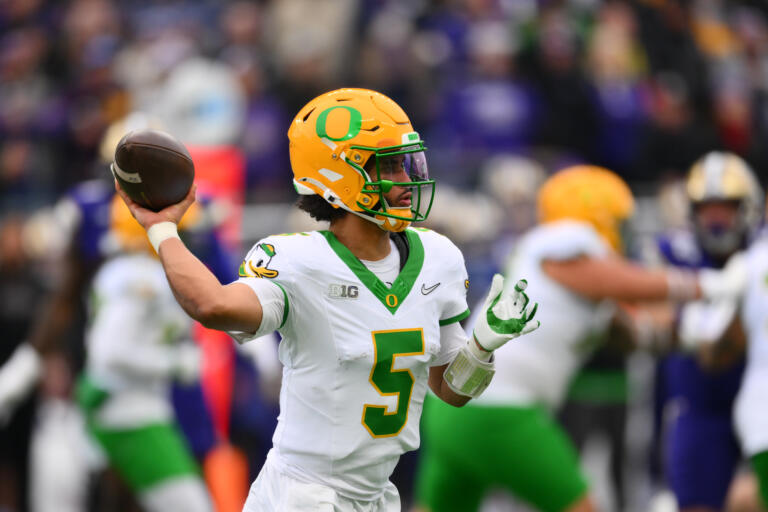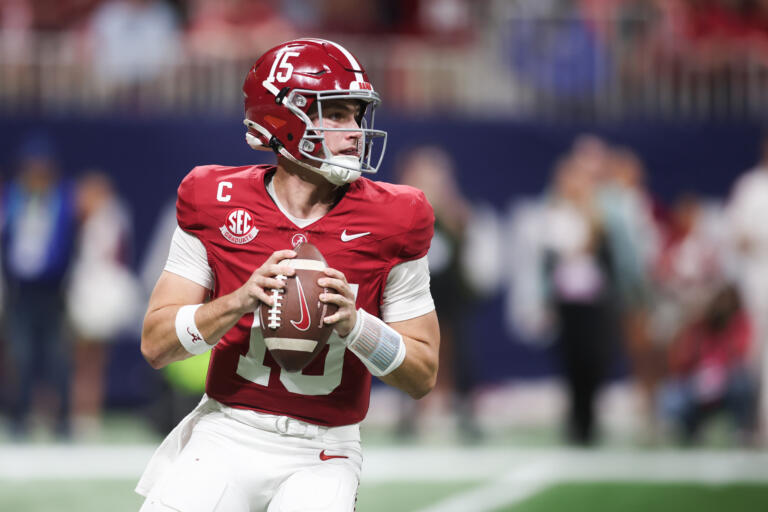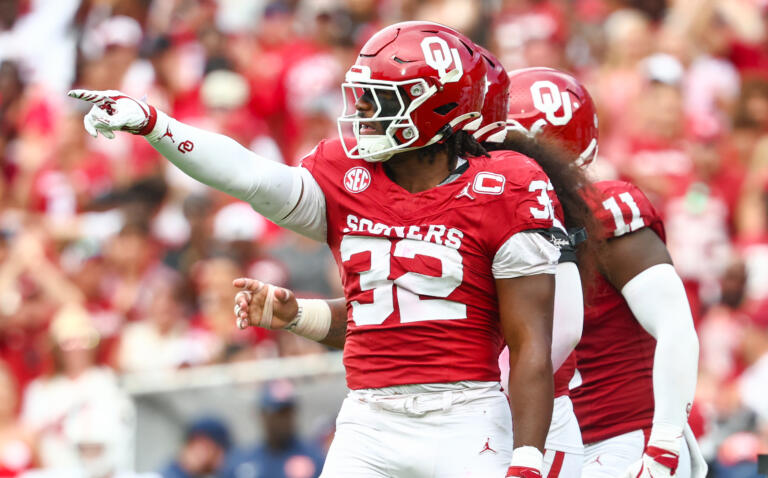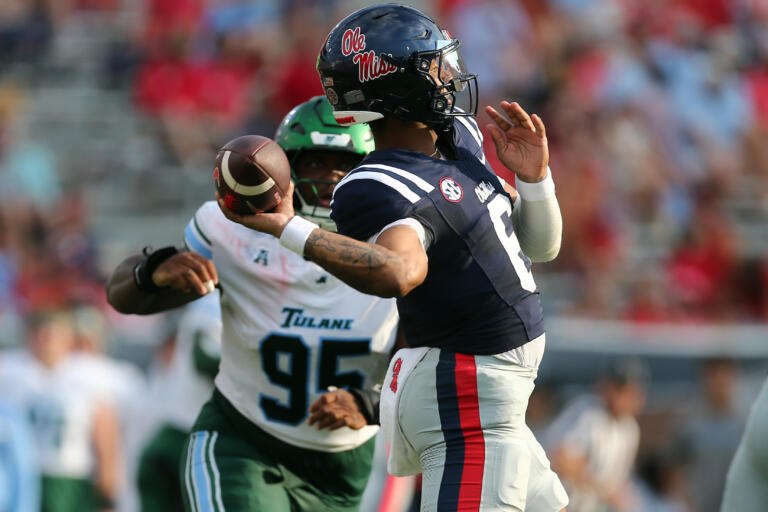In a landmark move that could reshape the landscape of college sports, the NCAA and its five power conferences—ACC, SEC, Big Ten, Big 12, and Pac-12—have reached a monumental settlement. This agreement, which aims to resolve three federal antitrust cases, will allow schools to directly compensate their players. The implications of this deal are vast and far-reaching, marking a significant shift in the relationship between student-athletes and the institutions they represent.
The financial details of the settlement are staggering. The NCAA has agreed to pay $2.7 billion in damages to current and former players, a payment plan that spans over a decade starting from 2016. This payout is a recognition of the growing calls for fair compensation and the value that student-athletes bring to their schools and the sports industry as a whole.
Moreover, the settlement includes a provision for schools to enter a revenue-sharing agreement. This arrangement will enable schools to distribute up to $20 million annually to their student-athletes. While this revenue-sharing plan is not set to commence until the fall of 2025, its potential impact on college sports is profound. It represents a shift towards recognizing student-athletes not just as amateurs, but as integral parts of the revenue-generating machine that is college sports.
So, what does this mean for the future of college athletics? For one, it’s a step towards addressing long-standing criticisms about the NCAA’s amateurism model. Critics have long argued that while colleges and universities make millions off the backs of student-athletes, the athletes themselves see little financial benefit. This settlement begins to rectify that imbalance, offering a more equitable distribution of the wealth generated by college sports.
Furthermore, this agreement could pave the way for broader reforms within the NCAA and beyond. It sets a precedent for other conferences and sports organizations to follow suit, potentially leading to a more standardized approach to athlete compensation across the board. The move also underscores the importance of fair treatment and compensation in the world of sports, echoing similar trends seen in professional leagues.
However, the journey to this settlement has not been without its challenges. The federal antitrust cases that led to this agreement highlighted significant legal and ethical questions about the NCAA’s practices. The resolution of these cases through such a substantial settlement indicates a willingness on the part of the NCAA and the power conferences to evolve and adapt to the changing landscape of sports and athlete rights.
As we look towards the implementation of this agreement, it will be interesting to see how schools and conferences manage the logistics of revenue sharing and direct payments to players. The delay until fall 2025 for the start of revenue sharing provides a window for these entities to develop and refine their processes, ensuring a smooth transition to this new model.
In conclusion, the NCAA’s $2.7 billion settlement and the introduction of a revenue-sharing agreement with the five power conferences mark a pivotal moment in college sports. This agreement not only resolves significant legal disputes but also sets the stage for a more equitable and modern approach to compensating student-athletes. As the details unfold and the implementation begins, the world of college sports stands on the brink of a new era, one that promises greater fairness and recognition for the athletes who are the heart and soul of the game.


